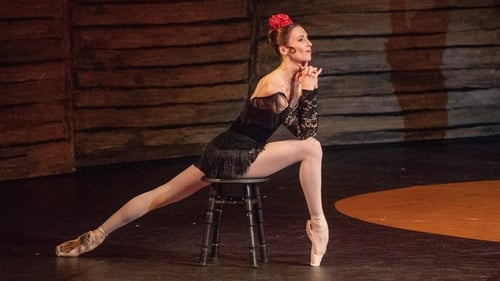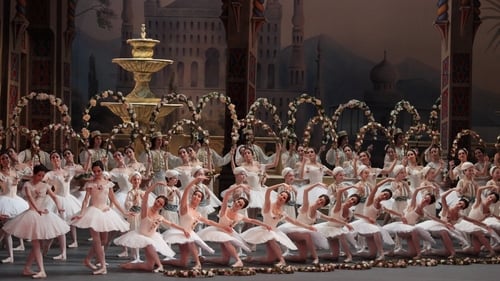
Grand Pas
Raymonda is betrothed to Jean de Brienne, a gallant knight who pledged to go on a crusade led by the King of Hungary. When her beloved leaves, Abderakhman, a foreign knight, makes a bid for the hand of Raymonda and threatens her fate when she rejects him…

Tobacco Girls
Carmen: Impetuous Carmen seduces Don José in order to convince him to let her out of jail. Once outside, she thinks she’s finally free before realizing that she’s in fact prisoner of a love triangle: she wants to be with the famous Torero Escamillo, but she can’t make Don José go away. Petruska: At Saint-Petersburg’s carnival, three puppets are playing the same role over and over: the unhappy lover Petrushka, the coquette and a Moor. Fed up with this endless part that never goes well for him, Petrushka attacks his rival and flees from the puppets theater. Carmen Suite, staged by Alberto Alonso, is a one act ballet about a passionate, free-spirited woman caught in a love triangle. Stanislavsky’s Petrushka, choreographed by Edward Clug, encapsulates the story of a puppet that came to life, burdened by the human emotions of love, jealousy, and rage. Both stories envelop the characters which refuse to abide by the rules, to whom even the thought of submission is repulsive.

Pas de Trois des Odalisques (First Odalisque)
Inspired by Lord Byron’s epic poem, this jewel of the repertoire boasts a lavish production complete with a shipwreck, pirates, and some of ballet’s most renowned scenes.

Two Wilis
Learning that Albrecht, her beloved, is in fact a nobleman engaged to be married to a princess, the naive peasant girl Giselle dies. The Queen of the Wilis—the spirits of deceased young virgins—decides that Albrecht should follow Giselle to the grave, and condemns him to dance until he dies of exhaustion. But Giselle’s spirit dances with him and saves him. With music by Adolphe Adam and a libretto by Théophile Gautier and Jules-Henri Vernoy de Saint-Georges, the ballet touches on the great romantic themes: local colour, a pastoral love affair doomed to end in tragedy, a plunge into fantasy and redemption through the power of love.



